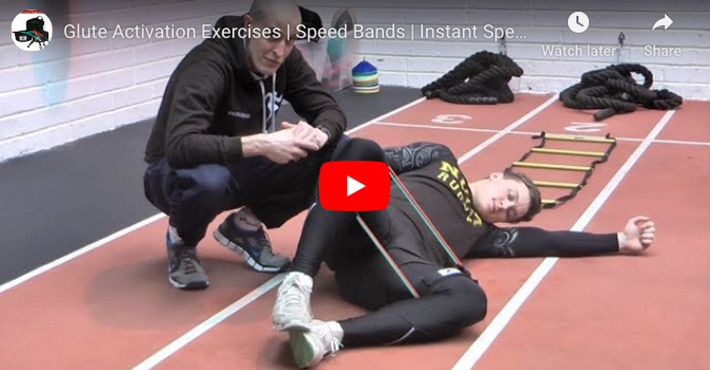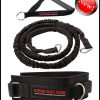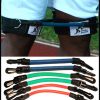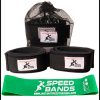
If you are an athlete and your sport requires you to be able to perform powerful movements with the lower body, like jumping, sprinting and bounding, then this blog post is for you.
To run fast, jump high, change direction on a dime, and be explosive, you need strong glutes. The majority of your power comes from your hips. That’s why it’s important to incorporate plenty of glute activation exercises into your training program.
The gluteus maximus is one of the strongest muscles in the body, and it’s in every athlete’s best interest to develop it. Doing so inevitably leads to a more powerful athlete.
The gluteus maximus, gluteus medius and gluteus minimus make up the gluteal muscle group. Each plays a vital role in most, if not all athletic movements. Located on the outer surface of the pelvis, the medius works with the minimus to rotate the thigh during hip flexion and extension. These two muscles also support the body when you stand on one leg.
The broad, thick gluteus maximus, the largest of the group, supports the pelvis and trunk on the femur, but its most powerful movement is regaining an erect posture after the hips have been dropped toward the ground. Think of the power involved in coming up from a Squat.
Most sports require an athletic stance throughout games and sudden bursts of power for running and jumping. Much of this power comes from the gluteal muscles. Therefore, serious athletes must make glute training an integral part of their workout programs.
Speed Bands can be used to tailor the resistance of the glute activation exercises.










